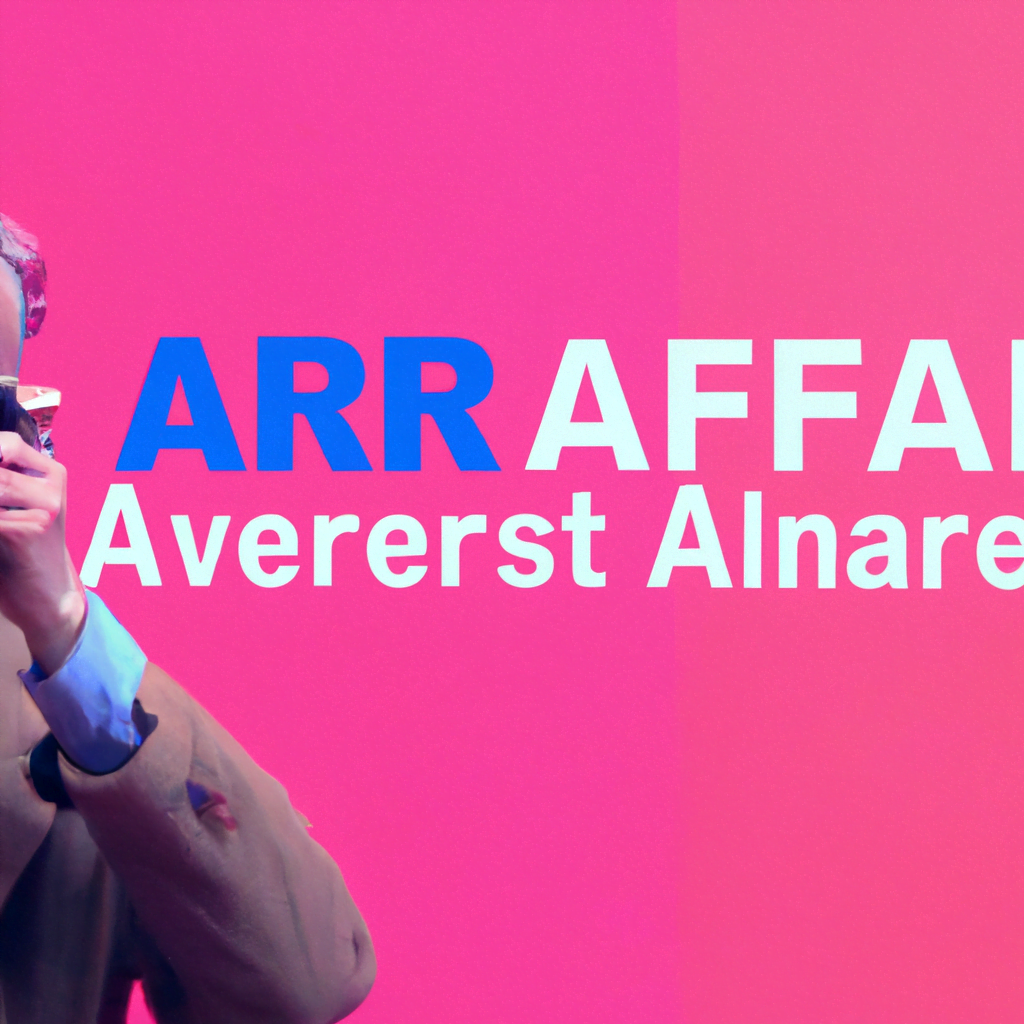AI-Enhanced Typography and Font Creation Tools
Typography plays a crucial role in design, branding, and communication. The right choice of fonts can evoke emotions, convey messages, and enhance the overall user experience. With the advent of artificial intelligence (AI), typography and font creation have been revolutionized. AI-powered tools have made it easier for designers and typographers to create unique and personalized fonts. In this article, we will explore the world of AI-enhanced typography and font creation tools, their benefits, and their impact on the design industry.
The Rise of AI in Typography
Artificial intelligence has made significant advancements in various fields, and typography is no exception. AI algorithms can analyze vast amounts of data, learn patterns, and generate new designs based on the input provided. This has opened up new possibilities for typographers and designers, allowing them to create fonts that were previously unimaginable.
One of the key areas where AI has made a significant impact is in font creation. Traditionally, creating a font required meticulous manual work, with designers spending hours meticulously crafting each letterform. However, AI-powered tools can now automate this process, saving time and effort.
The Benefits of AI-Enhanced Typography
AI-enhanced typography offers several benefits that have transformed the way fonts are created and used. Let’s explore some of these benefits:
- Efficiency: AI-powered tools can generate fonts at a much faster pace compared to manual creation. This allows designers to experiment with different styles and variations, ultimately leading to more creative and diverse font options.
- Consistency: AI algorithms can ensure consistency in letterforms, spacing, and proportions, resulting in a more polished and professional look. This is particularly useful when creating font families or matching existing typefaces.
- Personalization: AI can analyze user preferences and generate personalized fonts based on individual needs. This enables brands to create unique typographic identities that resonate with their target audience.
- Accessibility: AI-powered tools can optimize fonts for readability, making them more accessible to people with visual impairments. By analyzing legibility factors, such as x-height, letter spacing, and contrast, AI can create fonts that are easier to read across different devices and screen sizes.
AI-Enhanced Typography Tools in Practice
Several AI-enhanced typography tools have emerged in recent years, revolutionizing the way fonts are created. Let’s take a look at some notable examples:
1. Fontjoy
Fontjoy is an AI-powered tool that helps designers discover font pairings. By analyzing a vast database of fonts and their characteristics, Fontjoy suggests complementary typefaces that work well together. This saves designers time and effort in manually testing different combinations.
2. Prototypo
Prototypo is a font creation tool that utilizes AI algorithms to generate custom fonts. Designers can input their desired parameters, such as x-height, weight, and contrast, and Prototypo will generate a font based on those specifications. This allows for quick iteration and customization, empowering designers to create unique typefaces.
3. DeepFont
DeepFont is an AI-powered tool developed by Adobe that can identify fonts from images. By analyzing the visual characteristics of a font, DeepFont can accurately identify the closest match from a vast library of typefaces. This tool saves designers the hassle of manually searching for fonts and provides quick and accurate results.
The Impact on the Design Industry
The integration of AI in typography and font creation has had a profound impact on the design industry. Here are some key ways in which AI has transformed the industry:
- Increased Efficiency: AI-powered tools have significantly reduced the time and effort required to create fonts. This has allowed designers to focus on other aspects of their work, leading to increased productivity and faster turnaround times.
- Greater Creativity: With AI-generated fonts, designers have access to a wider range of creative options. This has led to more diverse and innovative typographic designs, pushing the boundaries of traditional typography.
- Improved Accessibility: AI algorithms can optimize fonts for better readability, making them more accessible to a wider audience. This inclusivity is crucial in ensuring that everyone can access and engage with content, regardless of their visual abilities.
- Enhanced Branding: AI-powered typography tools enable brands to create unique typographic identities that align with their brand values and resonate with their target audience. This helps in building a strong and recognizable brand image.
Summary
AI-enhanced typography and font creation tools have revolutionized the design industry. The efficiency, consistency, personalization, and accessibility offered by AI algorithms have transformed the way fonts are created and used. Tools like Fontjoy, Prototypo, and DeepFont have made it easier for designers to discover font pairings, generate custom fonts, and identify existing typefaces. The integration of AI in typography has increased efficiency, fostered creativity, improved accessibility, and enhanced branding. As AI continues to advance, we can expect even more exciting developments in the world of typography and font creation.
